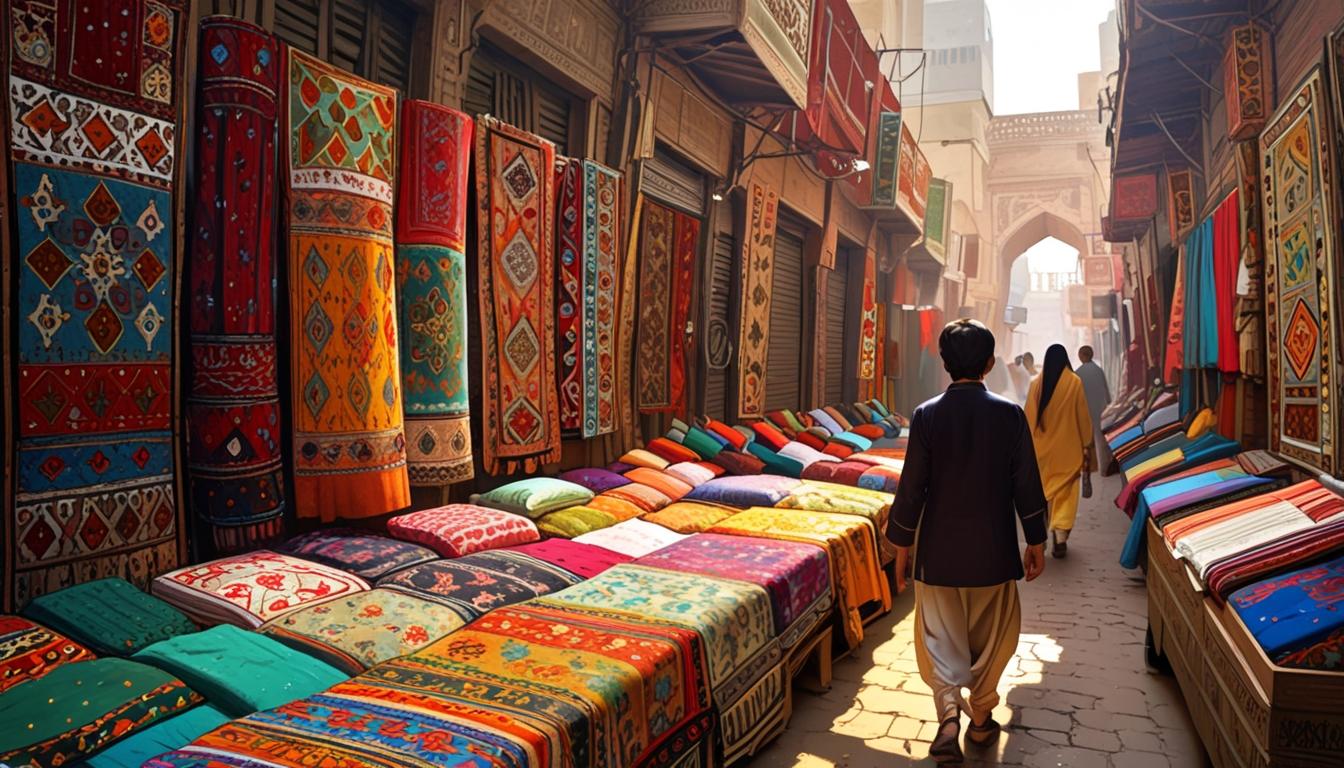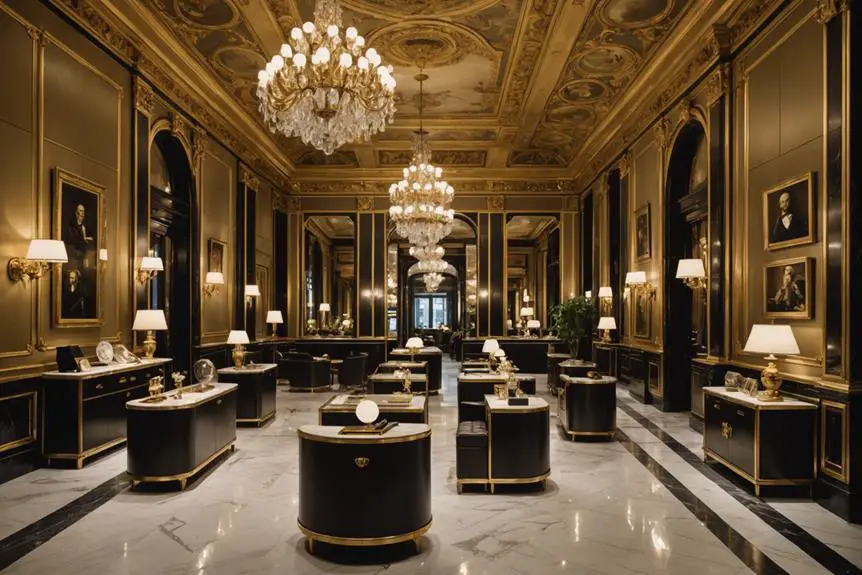As the landscape of brands in Pakistan evolves, they reflect both cultural heritage and modern consumer demands, illustrating a unique blend of tradition and innovation.
In Pakistan, a burgeoning landscape of brands reflects the country’s rich cultural heritage and evolving economic milieu. From the bustling bazaars of Lahore to the digital shopping halls accessed through smartphones in Karachi, these brands have transcended mere commerce, becoming integral to the identities of millions of Pakistanis.
The nation’s vibrant markets are alive with activity as shoppers navigate through a colorful tapestry of goods. Here, traditional garments like the Gul Ahmed kurta tell stories of craftsmanship and cultural significance, while younger consumers embrace global influences, evident in the omnipresence of fast food chains like KFC. In contemporary urban settings, digital platforms like Daraz facilitate shopping experiences for a new generation, as convenience merges with tradition. “This is Pakistan today — a land where brands don’t just sell; they spark stories, stitch memories, and light up lives,” notes a representative highlighting the interplay between local and global market influences.
Pakistan boasts a population exceeding 240 million, with a growing middle class driving demand across various sectors. The evolution of branding in the region began in the aftermath of the country’s independence in 1947, when local artisans dominated the market. Yet economic shifts in the following decades introduced the concept of branding. The 1960s and 70s saw the emergence of pioneering brands such as Shan, known for its spice blends, and Gul Ahmed, whose textiles resonated with local motifs and craftsmanship.
Cultural pride remains a cornerstone for many Pakistani brands. Gul Ahmed and Nishat Linen, for instance, have transformed handwoven textiles into household names, their patterns reflecting the essence of Pakistani identity. Food brands have maintained a similar ethos, packaging recipes that carry familial connections. “A dupatta wasn’t just a piece of cloth; it was a canvas of culture, stitched with stories,” emphasizes the significance of these products.
Modernity began to influence branding in Pakistan significantly during the 1980s. Companies like Khaadi emerged in 1998, bridging traditional wear with fashionable styles appealing to new consumers. The rise of various tech brands, such as Dawlance, exemplified how local businesses adapted to contemporary needs, creating products for modern living.
A defining moment in Pakistan’s brand evolution has been the rise of the middle class. Characterized by increased financial power and a thirst for quality products, this demographic has fueled a market eager for fast fashion and consumer goods. With over a third of the population now considered middle class, there’s a push for brands to provide affordable yet elevated experiences. As shopping habits shifted, brands adjusted their offerings to meet the demands of busy consumers.
The digital revolution has amplified this growth, driven by an increasing number of internet users projected to exceed 80 million by 2025. E-commerce platforms, led by Daraz, have transformed the retail landscape, enabling consumers from urban centers to smaller towns to access a vast array of products from their homes. This digital shift has empowered local sellers, allowing them to reach a broader audience and gain visibility. “Customer loyalty comes from convenience: no haggling, no traffic, just a few taps and your order’s on its way,” a user shared regarding their experience with online shopping.
Emerging brands like J. (Junaid Jamshed) and Bonanza Satrangi illustrate the dynamic nature of Pakistan’s market. J., founded in 2002, blends tradition with modernity, offering a variety of clothing options that resonate across generations. Meanwhile, Bonanza Satrangi, which revitalized its brand with a women’s line in 2012, has successfully combined bold designs with versatility to appeal to a diverse customer base.
As the industry looks to the future, various trends will shape Pakistan’s branding landscape. The exponential growth of online shopping continues to offer new opportunities for local brands to consolidate their market presence while embracing sustainability has emerged as a growing consideration among consumers. Eco-friendly packaging and sustainable production methods are becoming increasingly important as brands recognize the significance of environmentally conscious practices.
The youth demographic, which constitutes a substantial portion of the population, is also driving demand for innovation and quality. Companies that prioritize understanding and catering to these preferences will likely thrive. As brands such as Gul Ahmed, National Foods, and Tapal Tea continue to hold cultural relevance, newer entrants like Daraz and J. show how adaptability can lead to success in a fast-paced market.
The ambitions of these brands extend beyond national boundaries, with aspirations to reach international markets, showcasing Pakistani culture and products globally. Plans for expansion into countries with significant Pakistani diaspora communities highlight the potential for brand growth.
This vibrant tapestry of brands reflects a Pakistan that is deeply connected to its roots while ambitiously looking toward the future. The interplay of tradition, innovation, and modern business practices positions these brands as cultural ambassadors capable of building a legacy that resonates both locally and on the global stage. As the narrative of Pakistani brands continues to unfold, it promises a bright future marked by resilience, creativity, and a shared national pride.
Source: Noah Wire Services





Helpful content, Thank you.
casino en ligne francais
Thanks a lot! I appreciate it!
casino en ligne
Thanks a lot, I enjoy this.
casino en ligne francais
Amazing material. Many thanks!
casino en ligne
Thanks, Terrific information.
casino en ligne fiable
Good facts Kudos.
casino en ligne francais
Kudos, Loads of postings!
casino en ligne francais
Whoa many of amazing data.
casino en ligne France
You expressed it well!
casino en ligne fiable
Regards! An abundance of advice.
casino en ligne